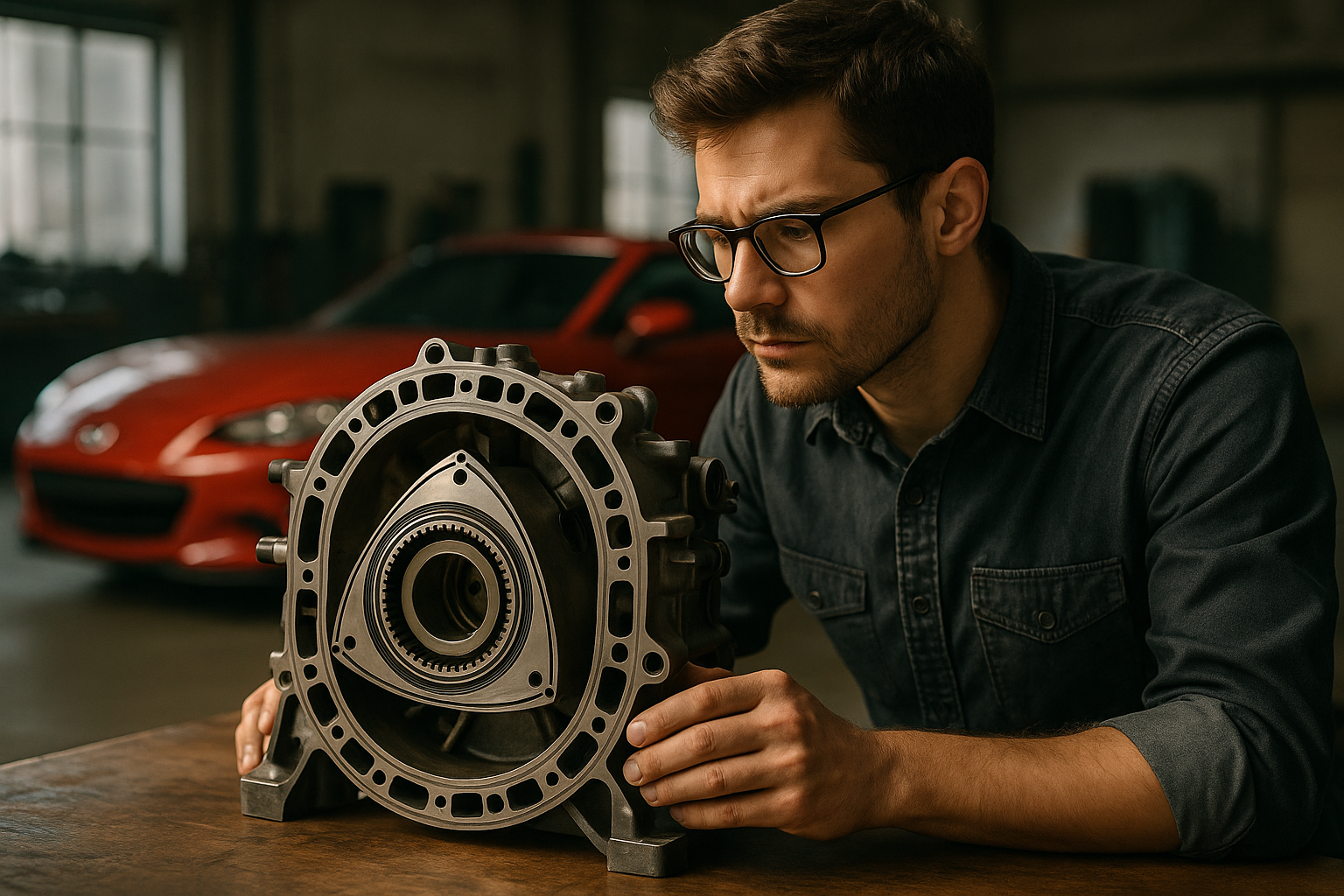Rediscovering the Magnificence of Rotary Engines: A Rundown of Their History, Perks, and Challenges
Rotary engines, also known as Wankel engines, have always been a unique and intriguing piece of automotive technology. They blend simplicity, smoothness, and compactness with a touch of controversy due to their environmental impact and fuel consumption. Although they're not as prevalent today, let's dive into the history and the mechanics of these fascinating machines, and explore potential ways they could be improved to fit into a more sustainable future.

The Birth and Development of Wankel Engines
Rotary engines were the brainchild of German engineer Felix Wankel, who first conceived the idea in 1924. The engine’s design was revolutionary, utilizing a triangular rotor instead of the conventional piston found in traditional internal combustion engines. This unique design allowed the engine to generate power in a smoother and more efficient manner.
In the 1960s, Mazda, a Japanese automaker, started to incorporate rotary engines into their vehicles, most notably the Mazda RX series. The RX-7 and RX-8, in particular, became iconic for their use of the rotary engine and the unique driving experience it provided.
The Allure of Rotary Engines
There are several reasons why rotary engines have appealed to car enthusiasts and manufacturers alike. They are simpler and lighter than most other engine types, with fewer moving parts. This simplicity leads to smoother and more balanced operation, providing a unique driving experience that is often described as “seamless” or “fluid”.
Moreover, these engines are known for their high-revving characteristics and ability to produce a lot of power relative to their size. In the world of motorsport, cars powered by rotary engines have proven to be formidable competitors, thanks to these powerful and lightweight engines.
Navigating the Challenges
However, the rotary engine is not without its flaws. One of the significant drawbacks of this engine type is its relatively poor fuel efficiency. The design of the rotary engine leads to more considerable fuel consumption than traditional piston engines, making it less economical.
Another issue is the emission of pollutants. Rotary engines tend to produce more exhaust emissions than piston engines, posing a challenge in an era where environmental sustainability is becoming increasingly important.
The Future of Rotary Engines
Despite these challenges, the potential for improvements in rotary engine technology is significant. Mazda continues to invest in research to improve the fuel efficiency and emissions of the rotary engine, aiming to bring it back in a more sustainable form.
One of the promising avenues of research is the use of hydrogen as a fuel for rotary engines. Hydrogen combustion produces water as a byproduct, making it a much cleaner alternative to gasoline. This innovation could provide a new lease of life for the rotary engine, allowing it to meet modern environmental standards while retaining its unique advantages.
Concluding Thoughts
The story of the rotary engine is a testament to the innovative spirit of the automotive industry. Despite its challenges, the allure of its smooth power delivery and high-revving nature continues to captivate enthusiasts. With continued investment in research and development, the rotary engine may yet have a place in the future of automobiles, marrying its inherent advantages with new solutions to its sustainability challenges.






